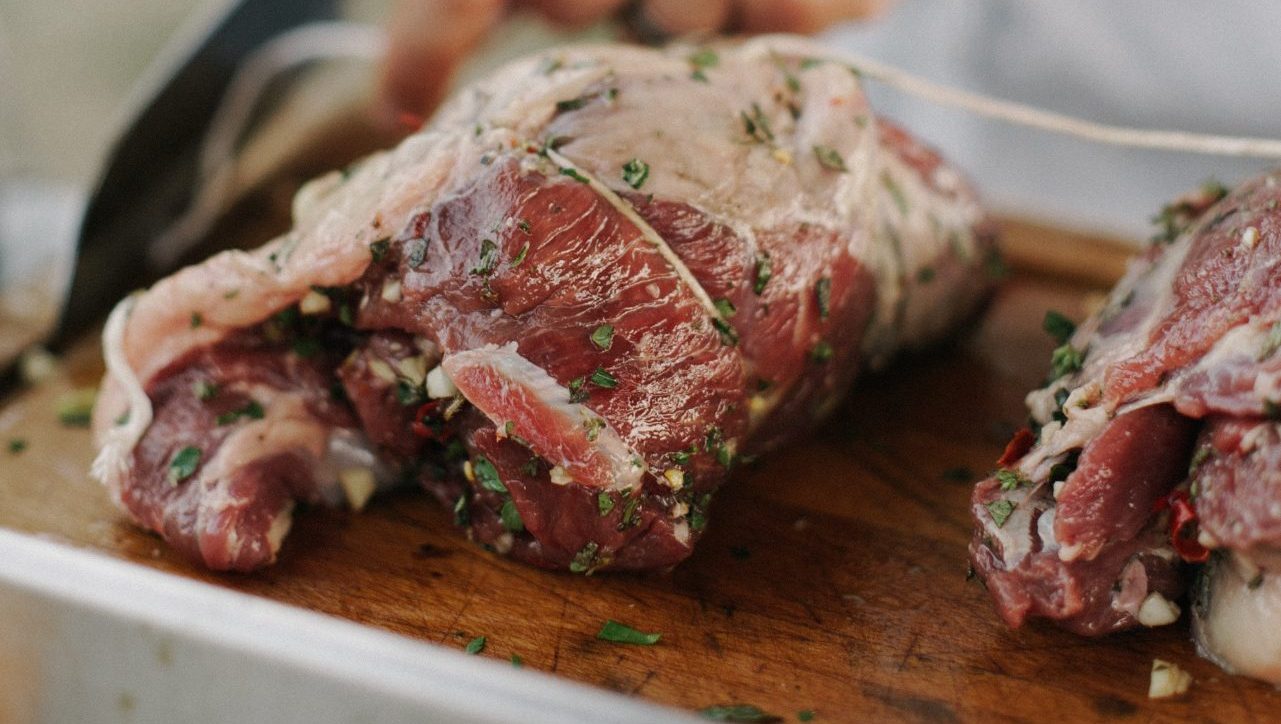Recently I visited Farmison in North Yorkshire. It’s an online butcher specialising in sustainable, ethical meat, as well as the lesser cuts that supermarkets tend to ignore. Nothing could be more romantic or enjoyable than visiting your local independent shop, but it’s also a decent option for those with little time. Farmison also has a good recipe for cooking hogget.
You might have thought I would be talking about lamb in this column, given that we’ve just celebrated Easter. But British lamb isn’t at its best in April. Generally, our animals are only a month or two old at Easter and
therefore not ready – they won’t even be at that sweet, mild stage that develops in late spring.
Lamb bought in supermarkets in April might be imported from New Zealand. Given the demand, British farmers have been trying to reduce imports by encouraging sheep reproduction earlier in the year, but this can mean that lambs are raised indoors rather than pasture in order to speed up the process and to keep young lambs, which have yet to grow their woolly fleeces, from the bracing winter cold.
So you’d be better waiting until May, even June to find the most tender and
flavourful lamb. Later still, into autumn, the taste intensifies and becomes spicier. Those who are intent on eating lamb at this time of year should consider buying hogget instead – the meat is from a year-old sheep but is still too young to be labelled mutton.
Farmison’s in-house chef, Jeff Baker, who has worked alongside top chefs, including Pierre Koffmann at La Tante Claire and Christian Germain at Château de Montreuil, has this recipe for roast hogget.
LEG OF HOGGET
SERVES 6-8 – RECIPE BASED ON A MEDIUM-SIZED LEG OF HOGGET
2-3 onions
2-3 carrots
Celery (or celeriac)
Bay leaf
Sprig of thyme
A few black peppercorns
Salt to taste
Remove your joint from its packaging, pat dry and bring to room temperature
Preheat your oven to 210C for fan assisted or 230C for ovens without a fan (gas 8)
Choose a large, heavy-based roasting tray, ideally with handles for easy movement
Season with good quality fine sea salt just prior to cooking
Make a trivet by roughly chopping equal amounts of onion, carrot and celery (or our preferred choice of celeriac, the root of the celery), plus a bay leaf, sprig of rosemary and a few black peppercorns
Place the joint fat side up on to the trivet, which should line the base of the tray
Place in the centre of the oven and roast for 25 minutes, then reduce the temperature to 160C or 170C without a fan (gas 4)
Continue roasting for 15 minutes per 500g, reaching a core temperature of 54C before resting
Remove the roasting tray from the oven, put the joint on to a clean tray and keep warm by covering with a sheet of foil
Rest for a minimum of 20 minutes before carving, leaving the roasted vegetables in the tray for the gravy




